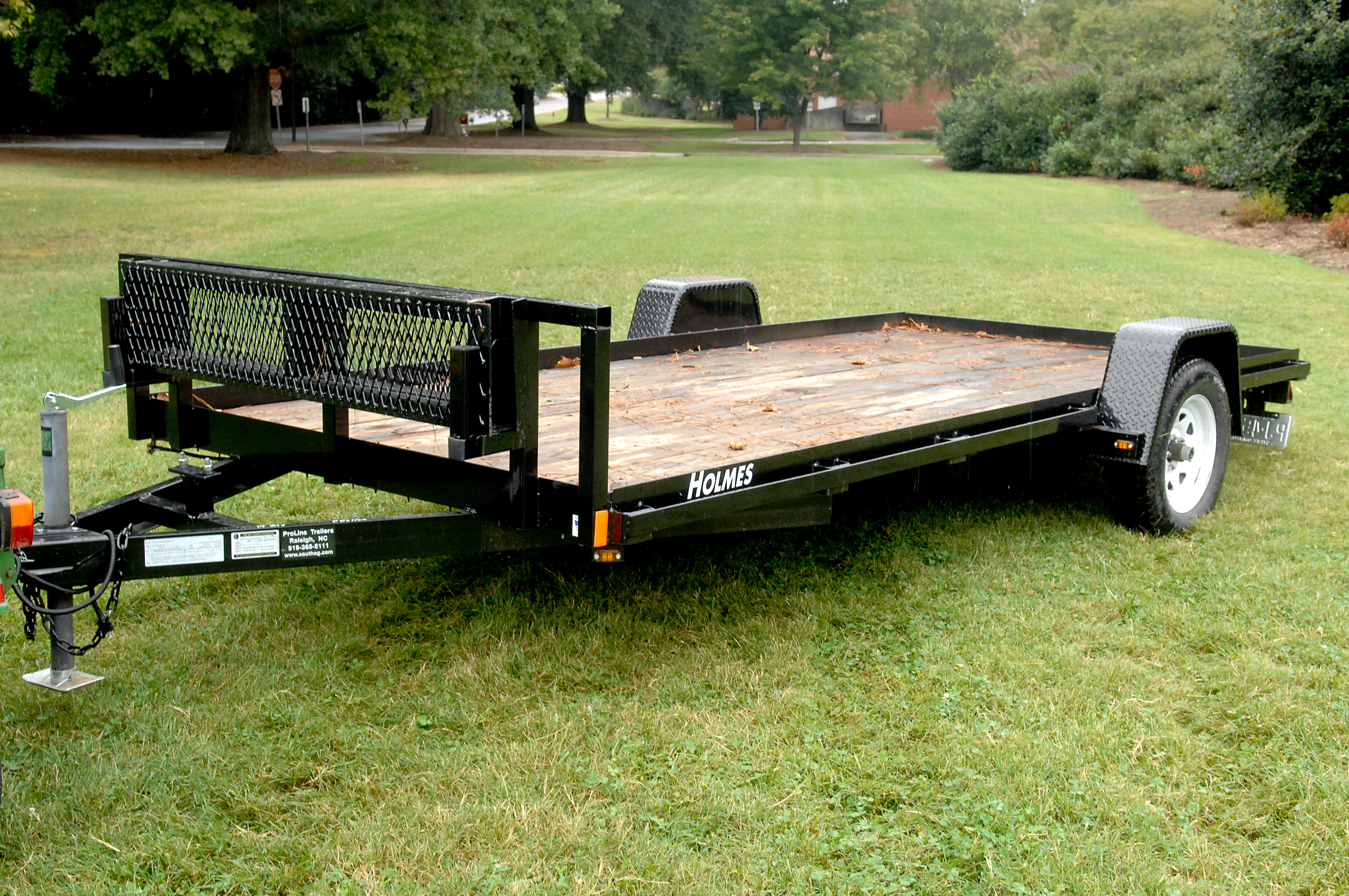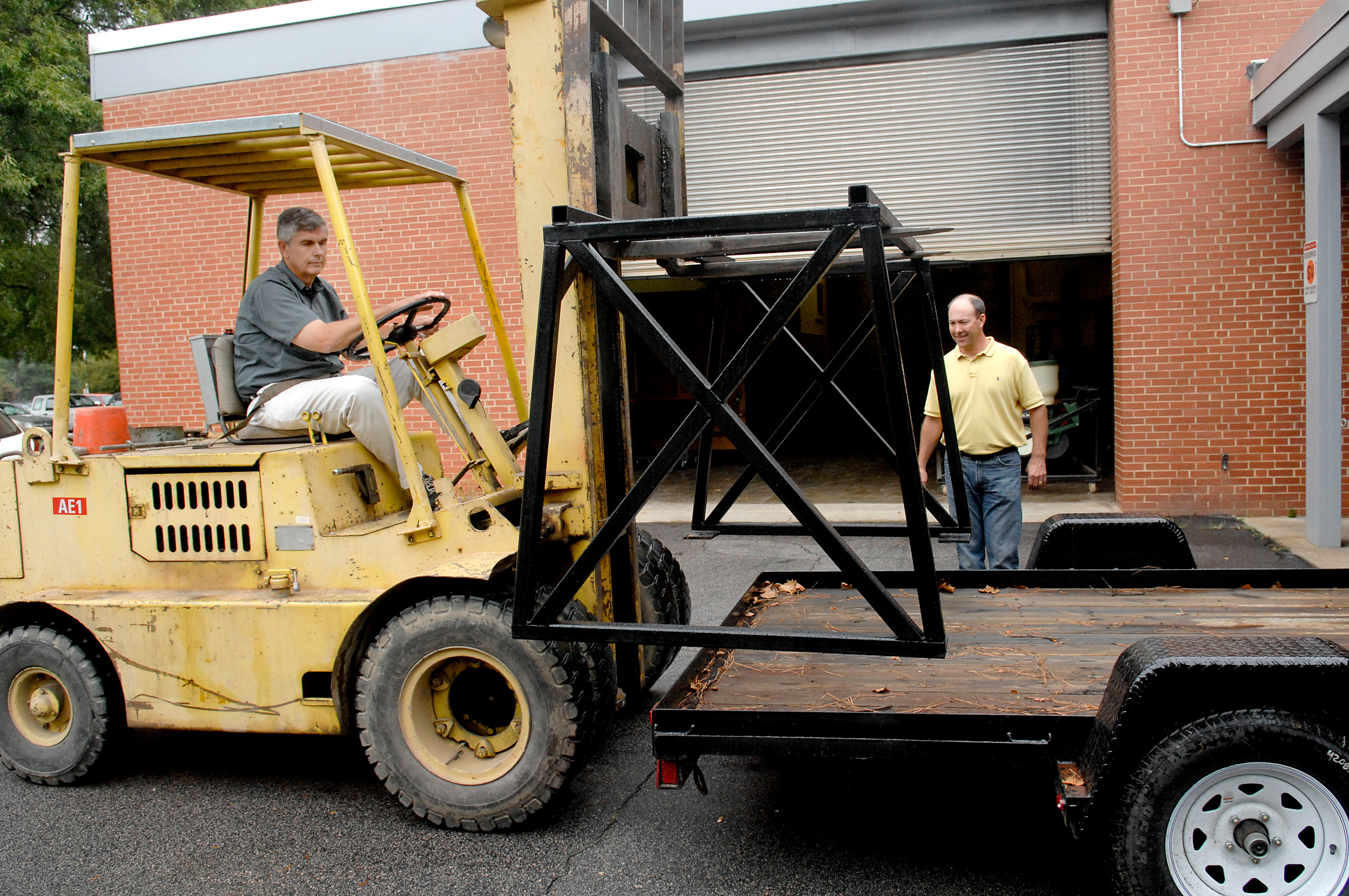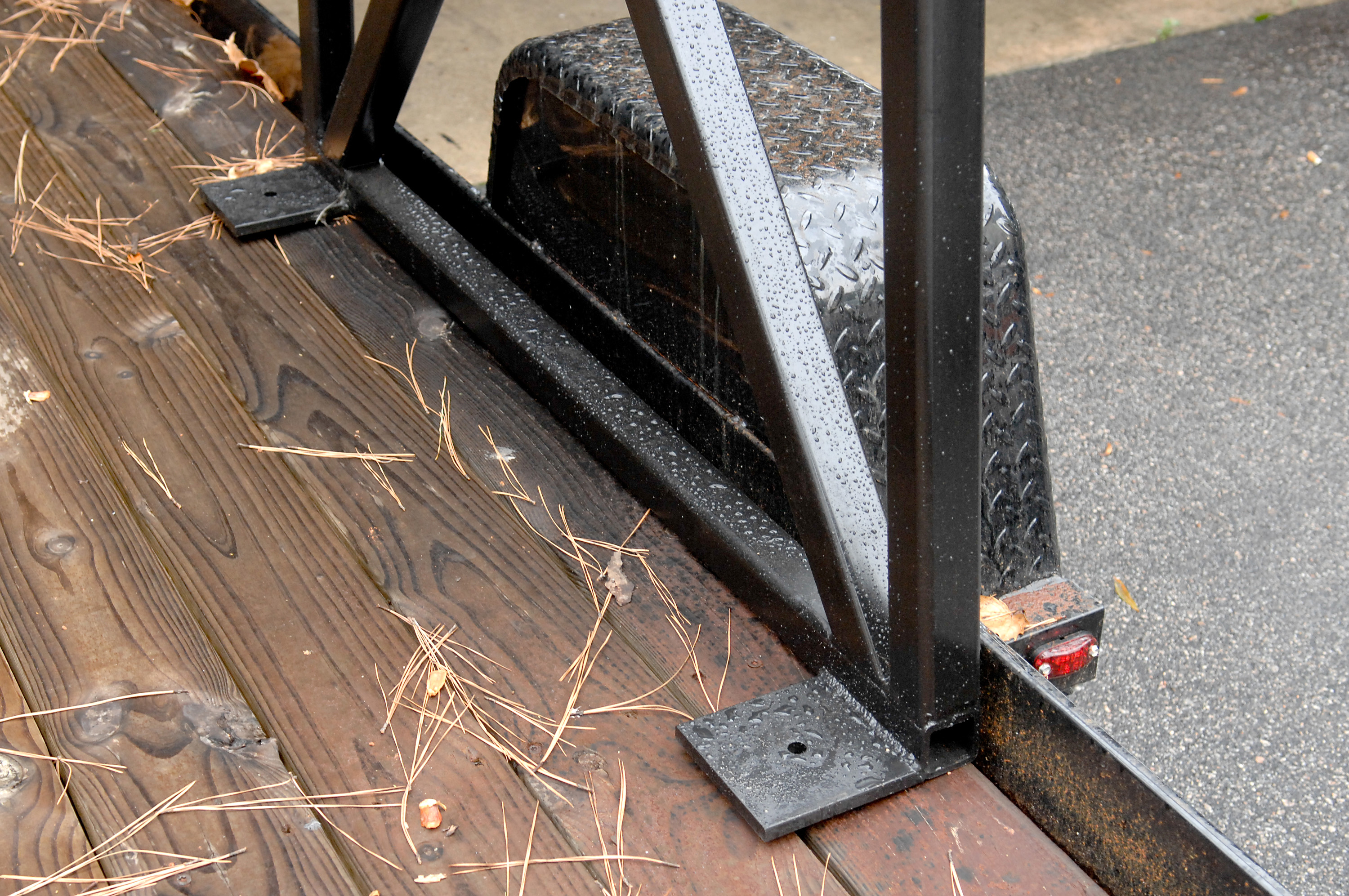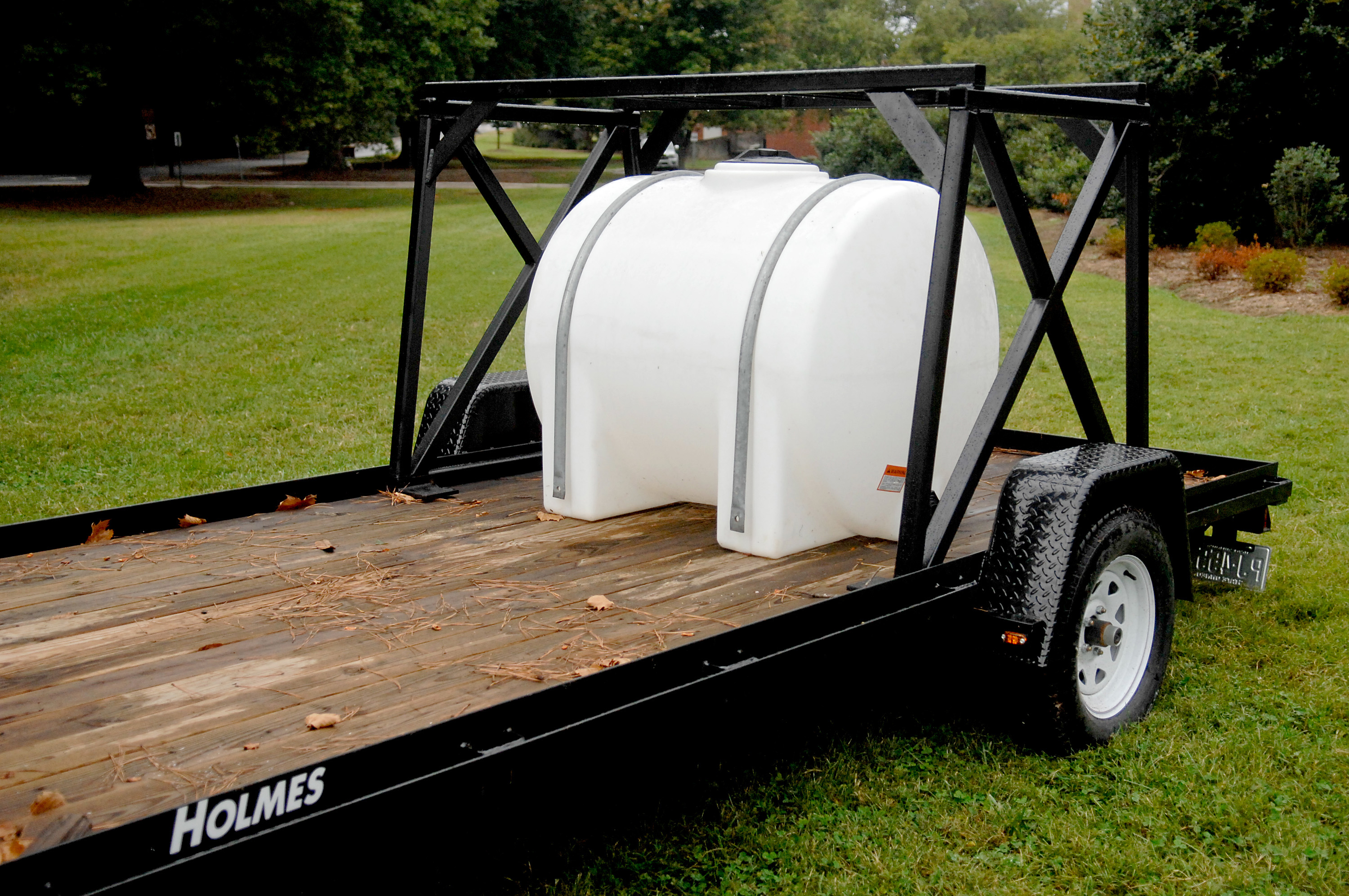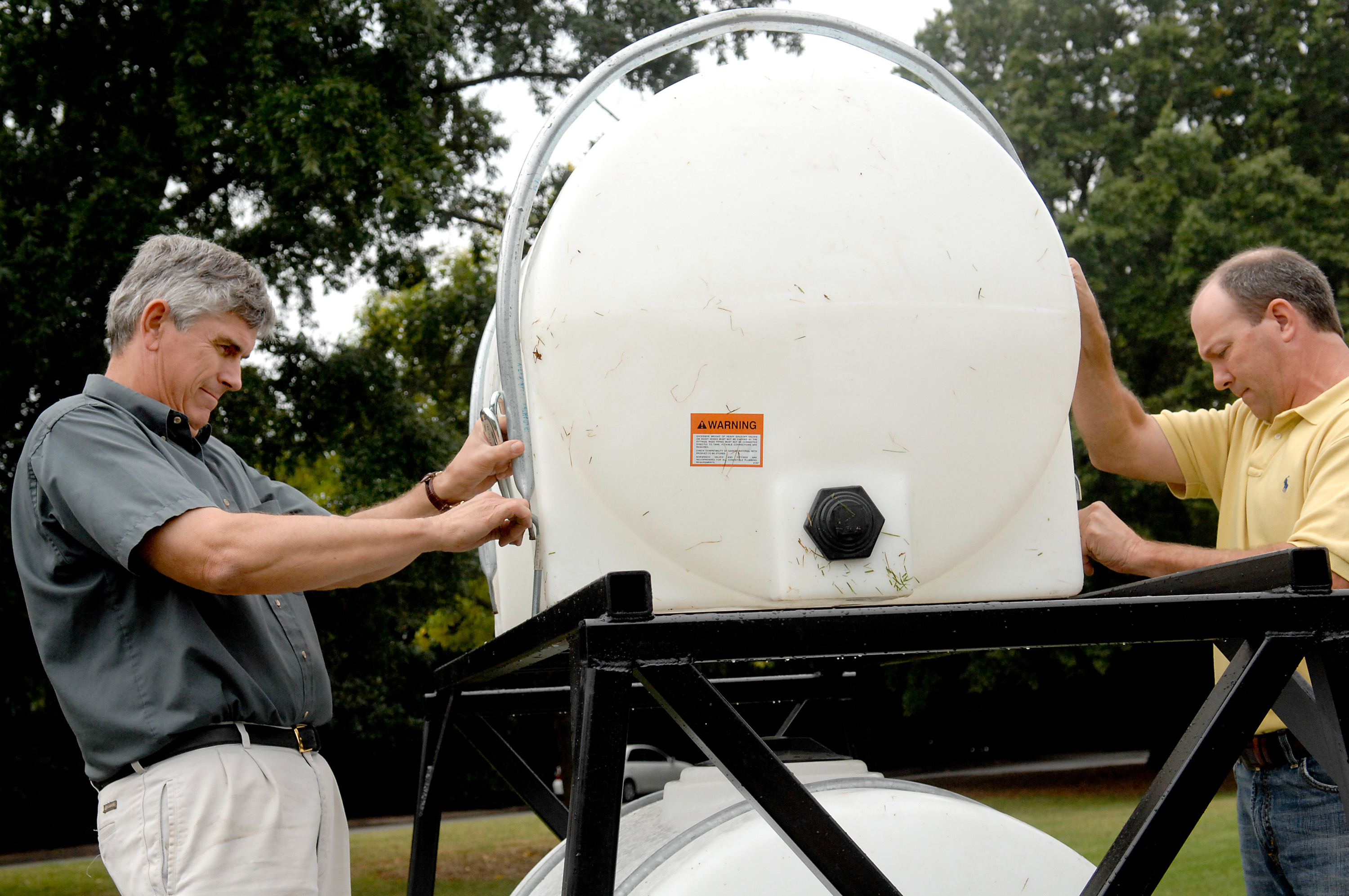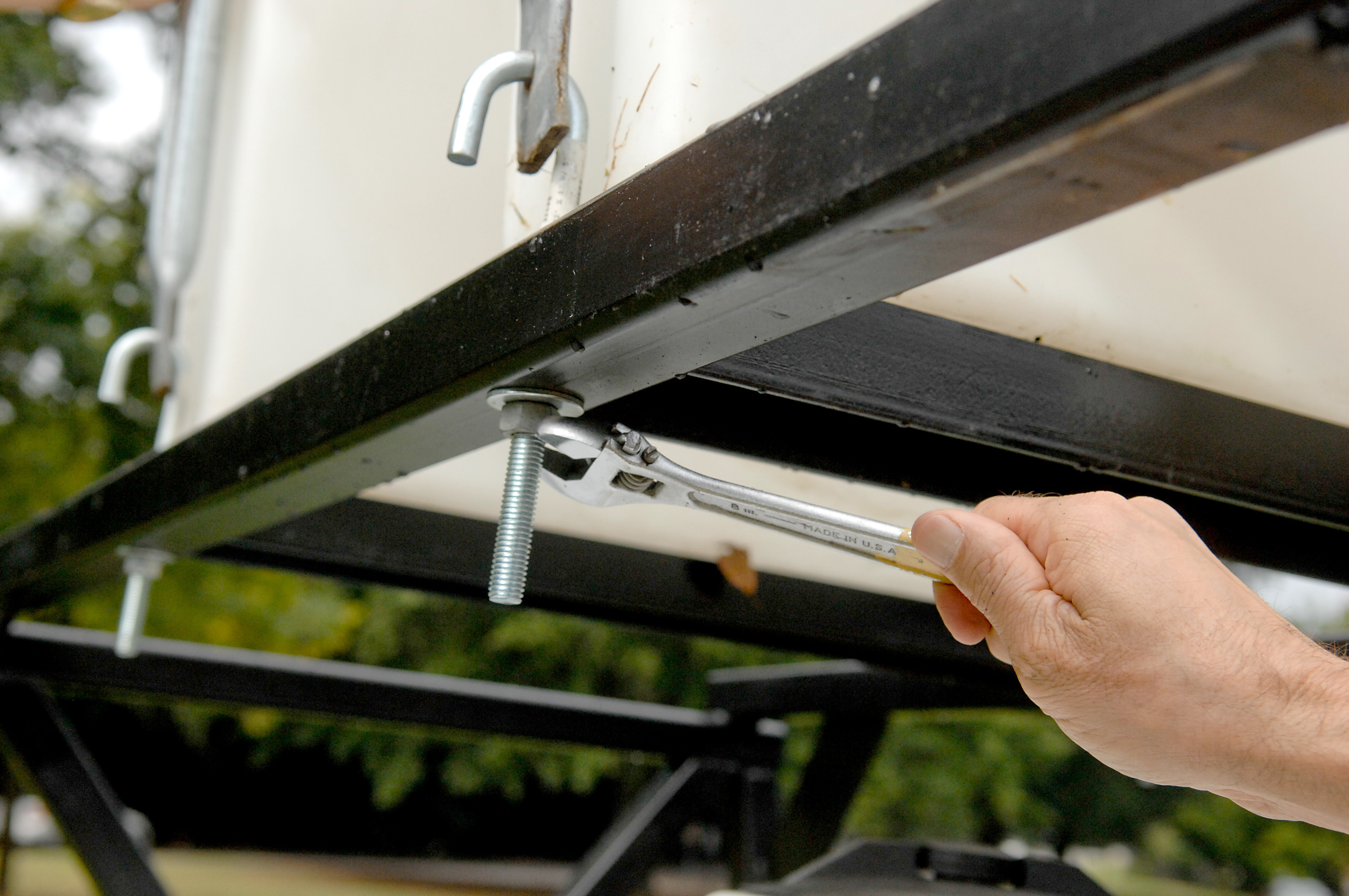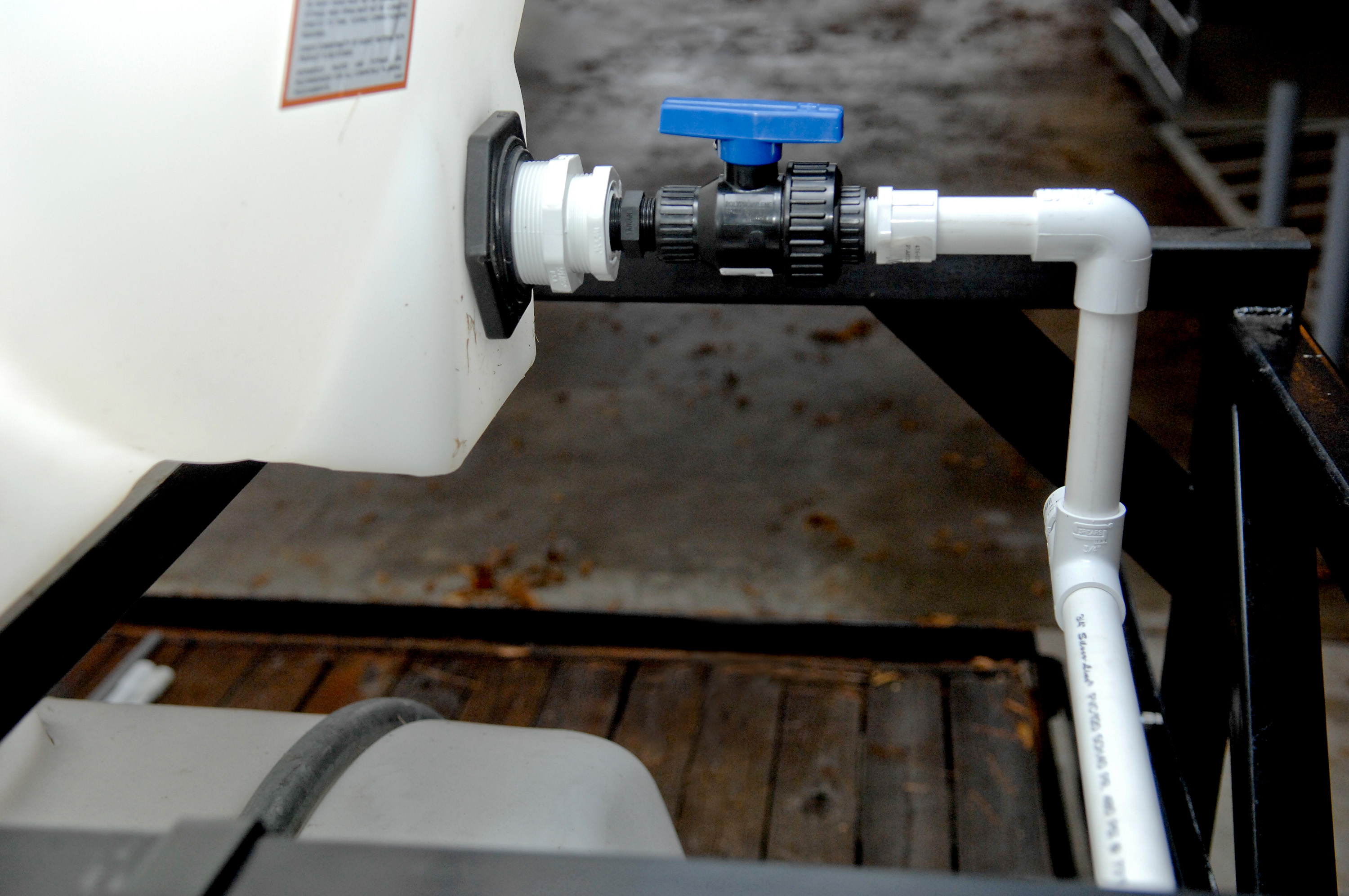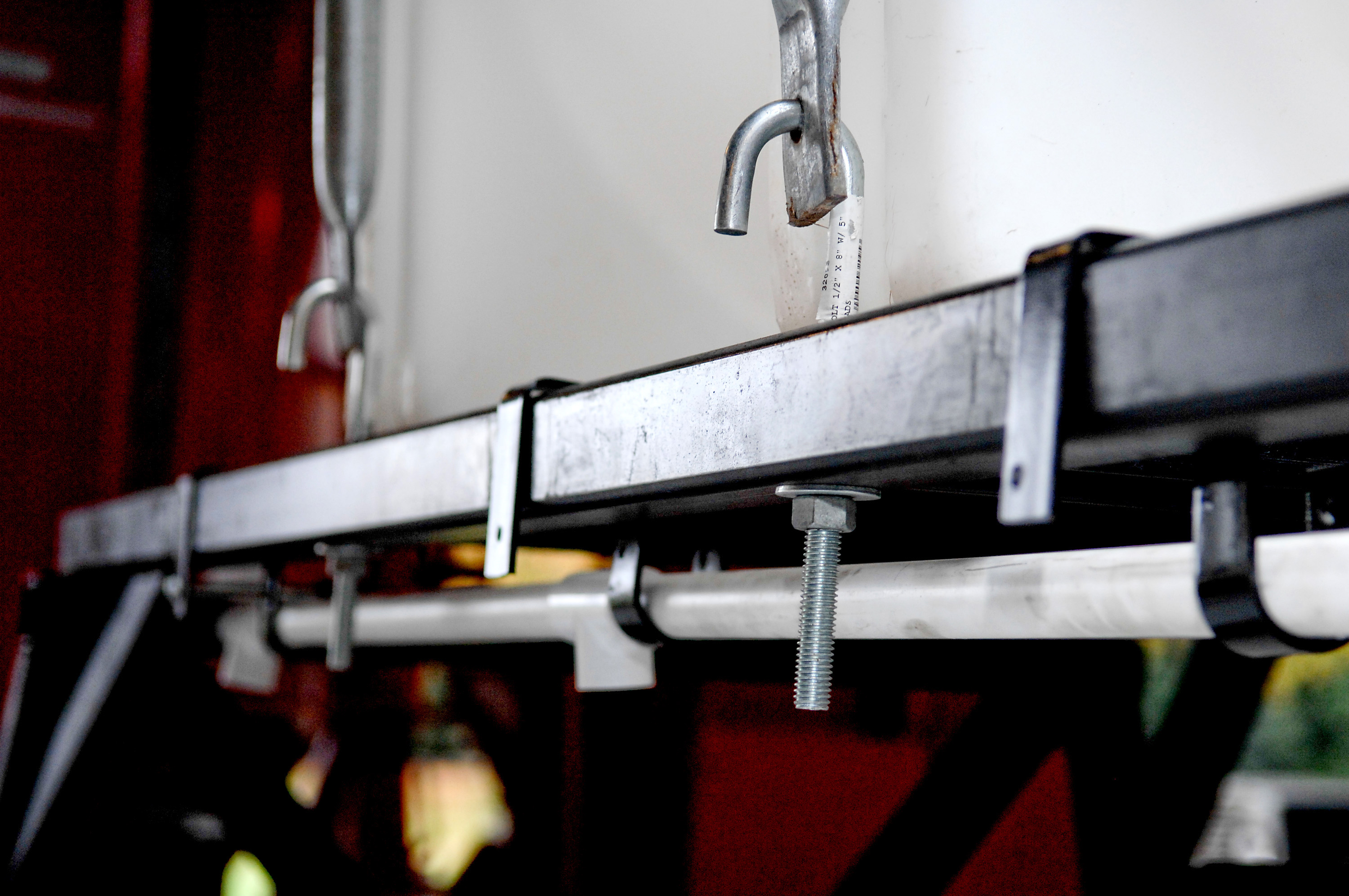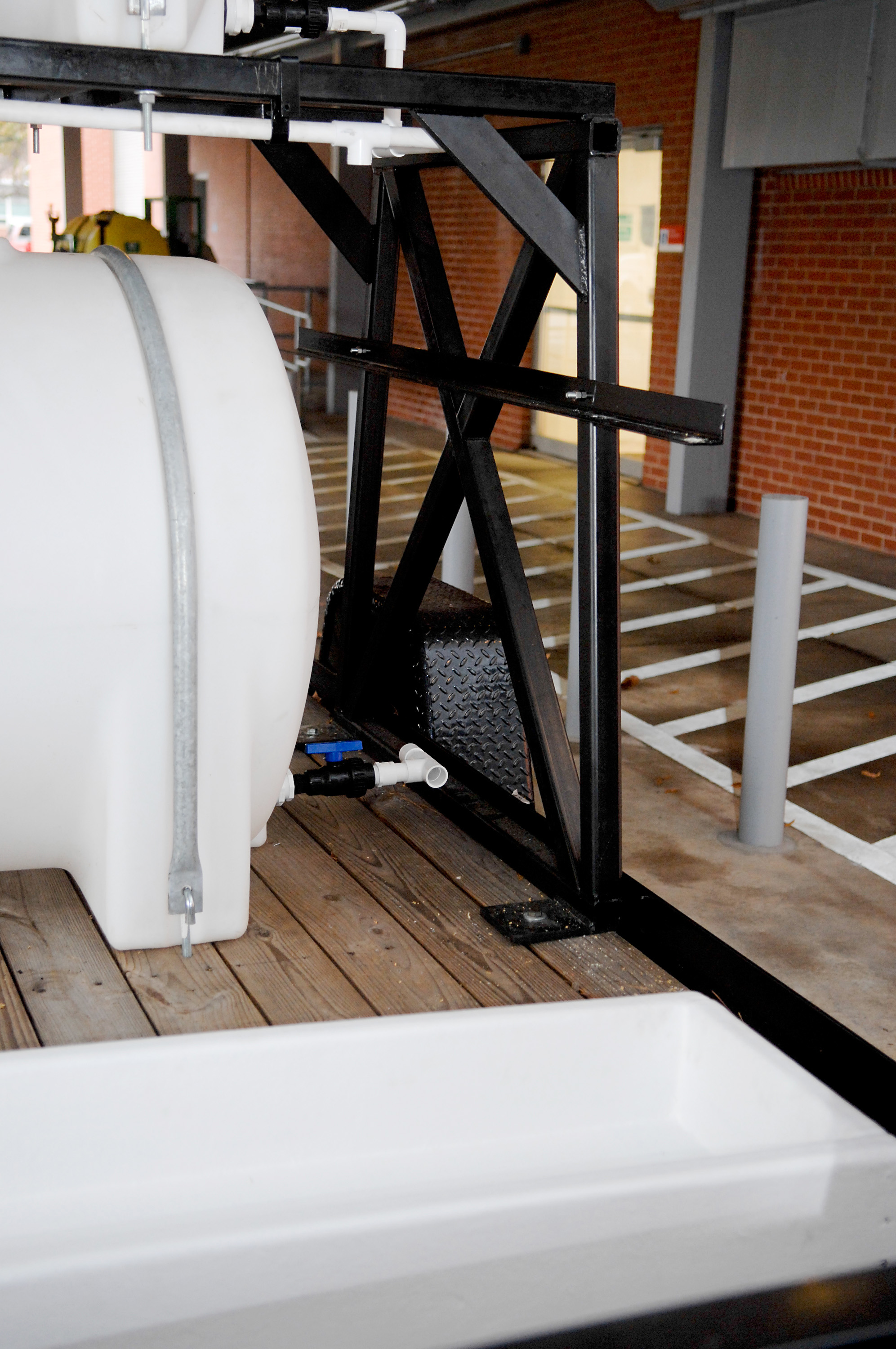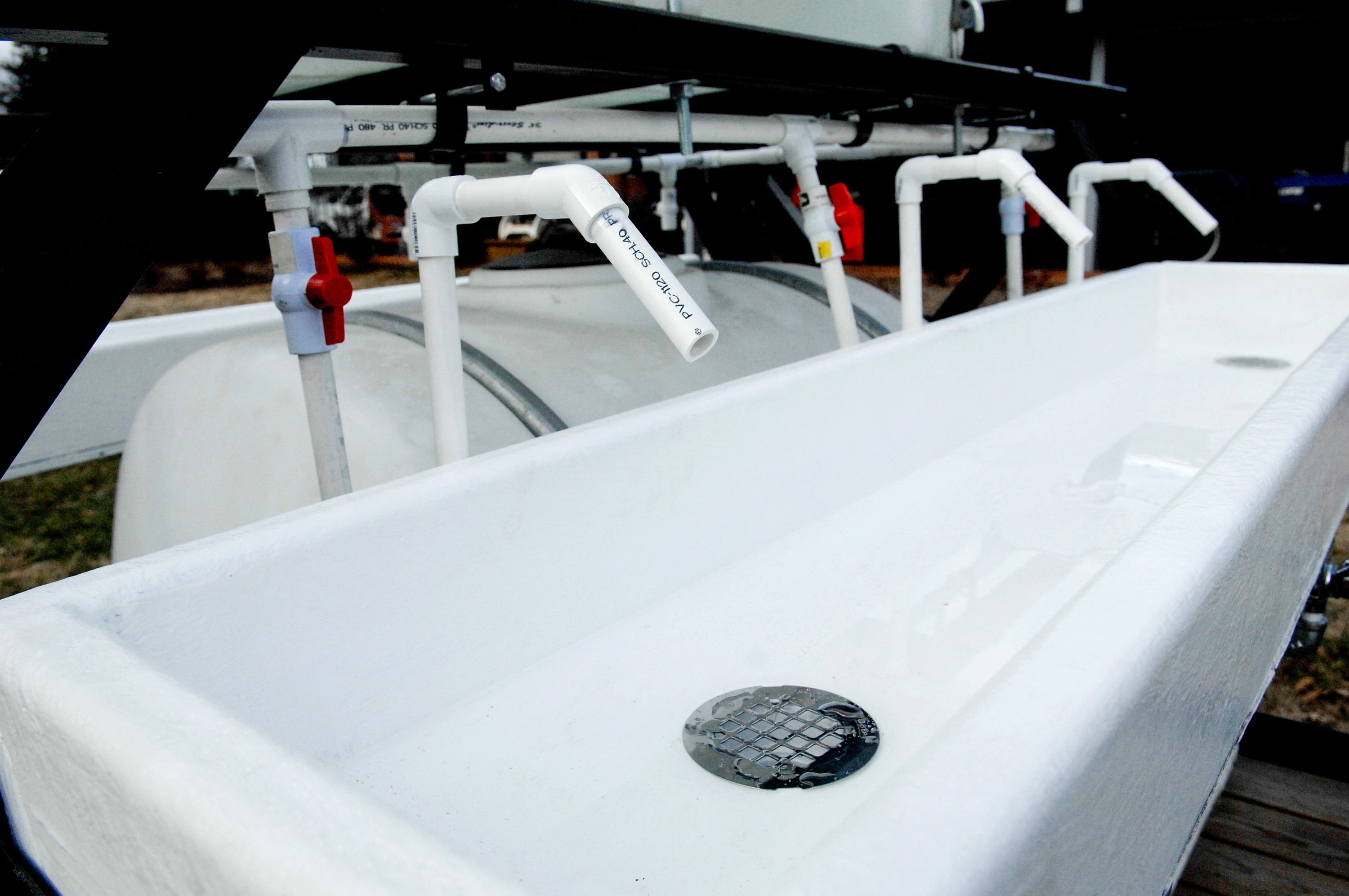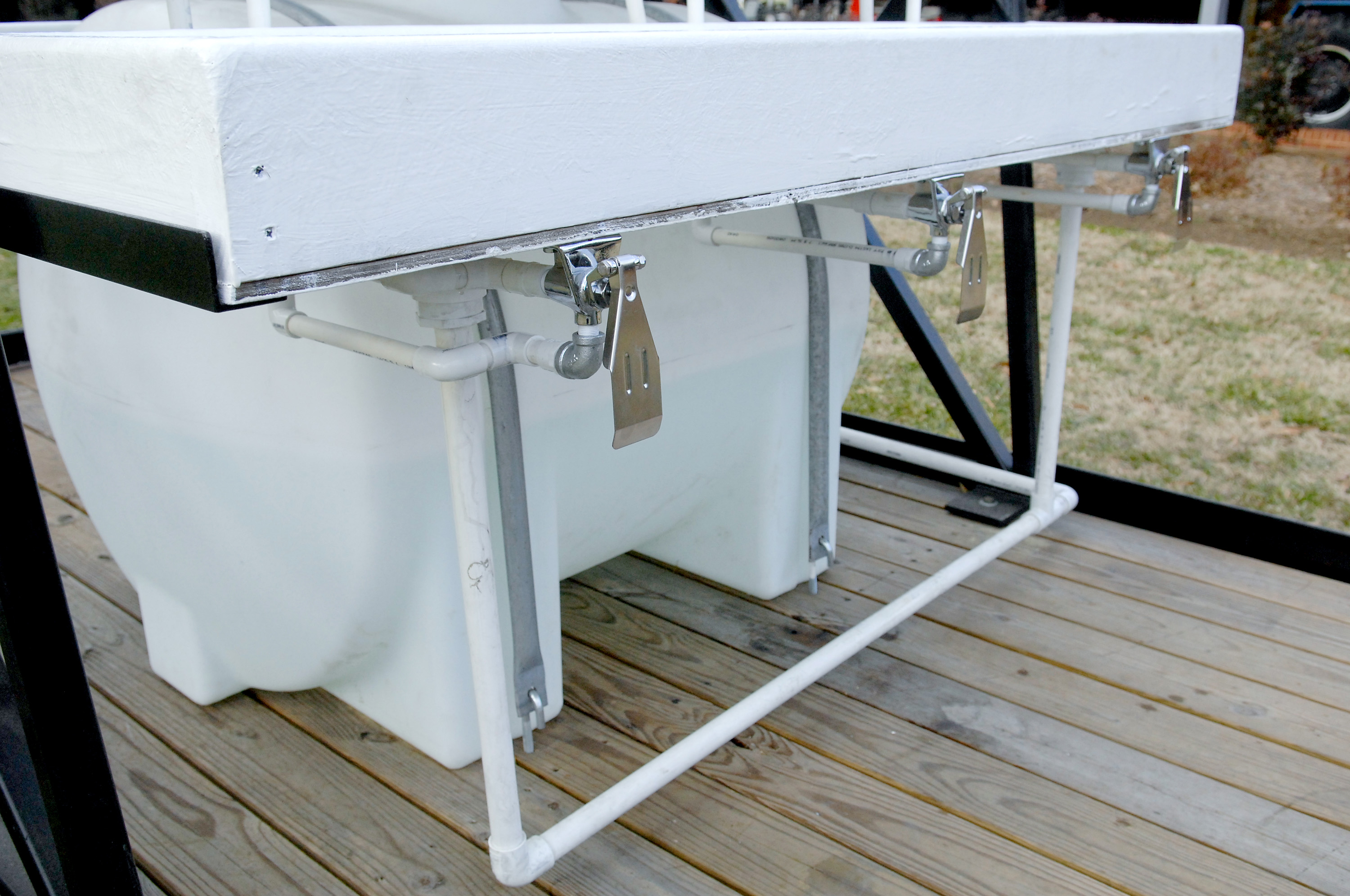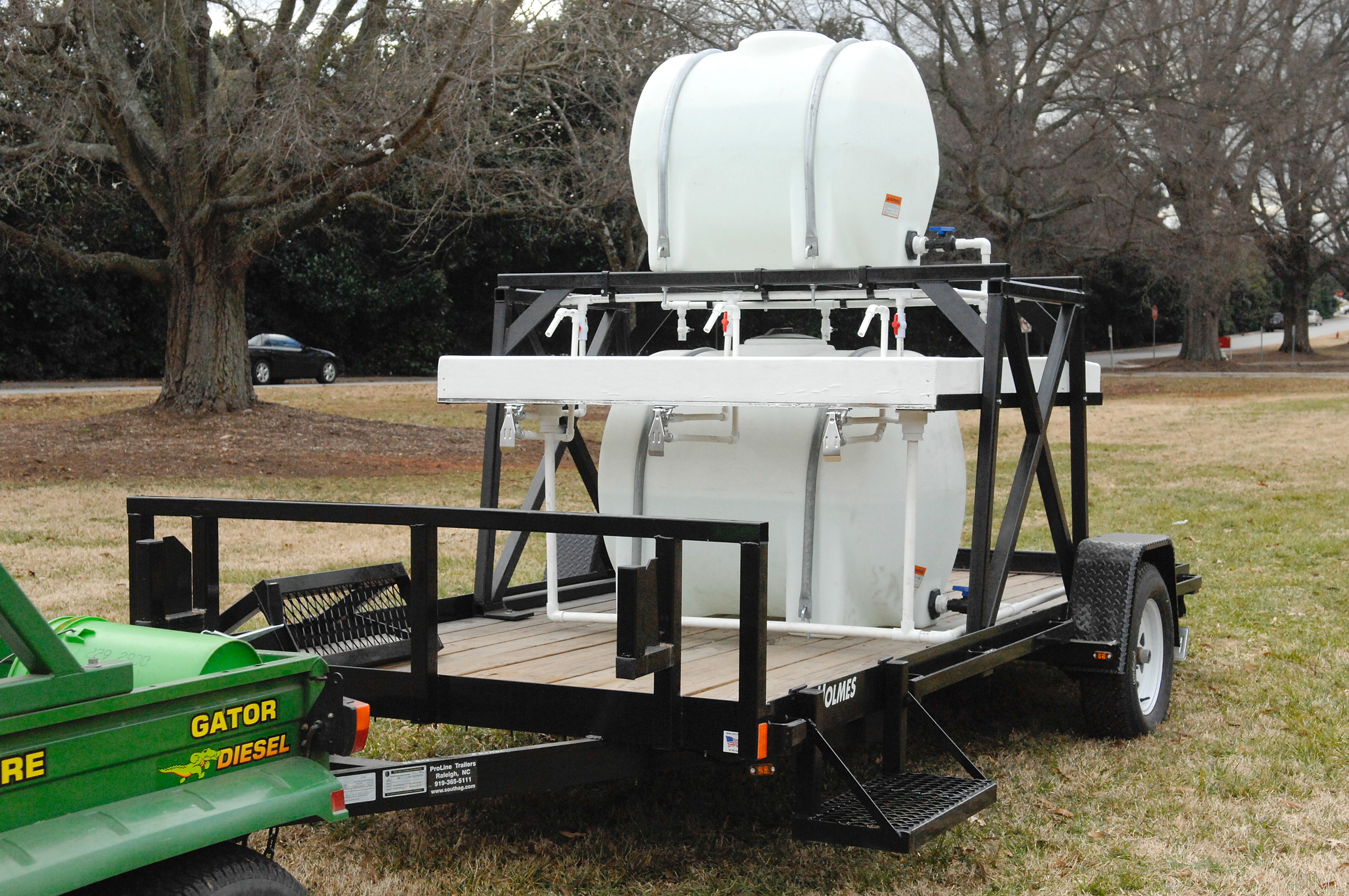Large Station
go.ncsu.edu/readext?283035
en Español / em Português
El inglés es el idioma de control de esta página. En la medida en que haya algún conflicto entre la traducción al inglés y la traducción, el inglés prevalece.
Al hacer clic en el enlace de traducción se activa un servicio de traducción gratuito para convertir la página al español. Al igual que con cualquier traducción por Internet, la conversión no es sensible al contexto y puede que no traduzca el texto en su significado original. NC State Extension no garantiza la exactitud del texto traducido. Por favor, tenga en cuenta que algunas aplicaciones y/o servicios pueden no funcionar como se espera cuando se traducen.
Português
Inglês é o idioma de controle desta página. Na medida que haja algum conflito entre o texto original em Inglês e a tradução, o Inglês prevalece.
Ao clicar no link de tradução, um serviço gratuito de tradução será ativado para converter a página para o Português. Como em qualquer tradução pela internet, a conversão não é sensivel ao contexto e pode não ocorrer a tradução para o significado orginal. O serviço de Extensão da Carolina do Norte (NC State Extension) não garante a exatidão do texto traduzido. Por favor, observe que algumas funções ou serviços podem não funcionar como esperado após a tradução.
English
English is the controlling language of this page. To the extent there is any conflict between the English text and the translation, English controls.
Clicking on the translation link activates a free translation service to convert the page to Spanish. As with any Internet translation, the conversion is not context-sensitive and may not translate the text to its original meaning. NC State Extension does not guarantee the accuracy of the translated text. Please note that some applications and/or services may not function as expected when translated.
Collapse ▲Rod Gurganus, formerly with N.C. State’s Plants for Human Health Institute, and Dr. Gary Roberson, Extension specialist in N.C. State’s Department of Biological and Agricultural Engineering, lead the effort to develop more functional, portable hand-washing stations for N.C. growers. They are developing two units (a larger and smaller version) with funding from the N.C. Rural Economic Development Center’s Agricultural Advancement Consortium.
This hand-washing facility has a larger capacity and is intended for commercial use in farm fields. It was designed with six wash stations, meaning six people can wash their hands simultaneously. This unit is designed to be safe for highway travel. Construction costs will vary, as stations may be customized, but the facility featured on this page cost approximately $2,000 to construct, minus the trailer.
While testing this unit in the field, growers indicated a need for a smaller hand-washing unit with less capacity that was easier to deploy, involved fewer costs and could be used at farmers markets. Thus began design and construction of a smaller station. Read more about the smaller hand-washing unit.
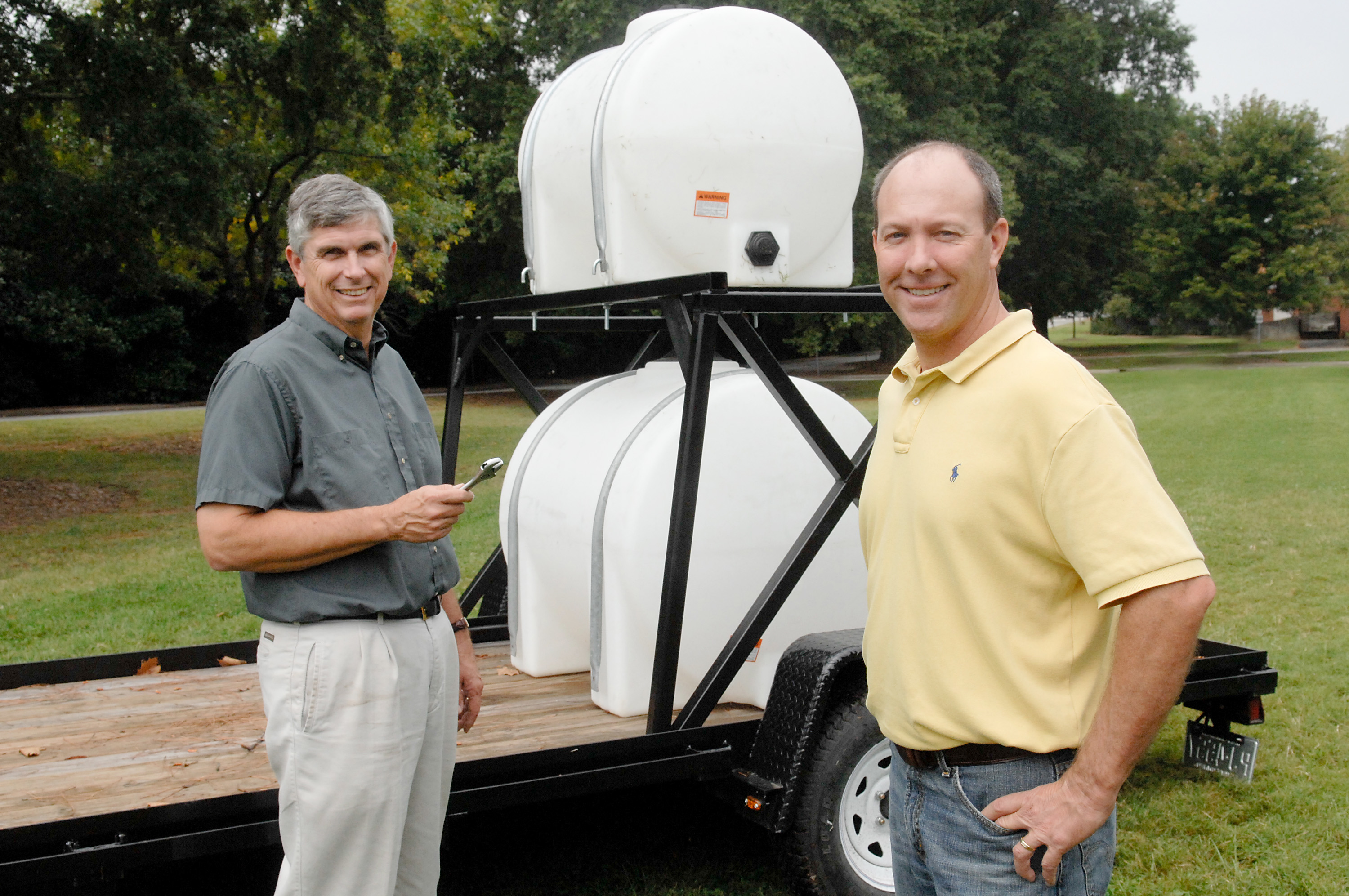
(L-R) Dr. Gary Roberson and Rod Gurganus lead the effort to develop more functional, portable hand-washing stations for N.C. growers. They are developing two units (a larger and smaller version) with funding from the N.C. Rural Economic Development Center’s Agricultural Advancement Consortium. *The unit pictured is not a completed product.
Placing the unit on a trailer is ideal for transportation purposes.Details to consider when purchasing a trailer:
- Overall size
- Deck size
- Transportation capability (highway use)
- Weight capacity (min. 3,000 lbs. axle).
- Keep in mind the number of wash stations/faucets you want to include when selecting a size.
A steel frame was constructed large enough to straddle the drain tank. The frame must be able to support the water supply tank (approx. 1,000 lbs. when full). It must be able to securely hold completely full water tanks during an emergency braking situation.
A provision is needed to secure the frame to the trailer deck with bolts for stability and safety. Secure the frame to the trailer bed.
The frame is now straddling the lower/drain water tank and securely bolted to the trailer bed. The drain tank is placed within the frame to capture used water from the supply tank, which will be placed overhead. Growers could consider placing a beam across the bottom of the frame (underneath the drain tank) so that both water tanks are sitting directly on the frame for easy “one piece” removal.
The upper/supply water tank sits on top of the frame. The supply tank contains clean water, which flows downward via gravity and out through the sink into the drain tank.
The supply tank is bolted securely on top of the frame. *Use approved hardware as recommended by the tank manufacturer.
The supply tank is gravity-fed (no pump), so use adequate valves on the supply tank to shut off the water supply.Selection of plumbing materials is largely up to the grower, but it’s important to consider resistance to sunlight and the ability to stand extreme temperatures (i.e. freezing).
Plumbing materials can be routed under the frame to prevent damage.
Notice the frame arm jutting out to the right. These arms support the wash basin (sink). You must add a bracket to the frame to support the sinks.
The sinks were fabricated from lumber and fiberglass to reduce costs, but growers could install sinks purchased from a retailer as an alternative.
Drains are placed at each end of the sinks to ensure proper water drainage regardless of terrain and how level the trailer is positioned.
The sink is operated by knee valves that control the flow of water for washing hands when pressed with the leg/knee. The hands-free operation reduces the risk of contamination from touching traditional faucets with the hands.
Demonstrating how the knee valves control the flow of water into the sinks. Standard soap dispensers can be attached to the sinks or secured to the trailer for convenience.
A step was added to the trailer for ease of access, plus the step-up design keeps workers out of dirty field conditions when sanitizing their hands. The ramp at the top of the step is to prevent people from tripping while stepping down.
The completed hand-washing unit sits on the trailer ready for use in the field. A couple additional details to note:
- Water tanks can be purchased in a black color to reduce the growth of algae.
- Keep in mind that the drain tank should be 2x the size of the supply tank.
- Possible additions to the unit could include: towel racks, waste receptacles, soap dispensers and hand rails.
Disclaimer
Recommendations for the use of any construction materials are included on this website as a convenience to the reader. The use of brand names and any mention or listing of commercial products or services in this publication does not imply endorsement by North Carolina Cooperative Extension nor discrimination against similar products or services not mentioned. Individuals who use construction materials are responsible for ensuring that the intended use complies with current regulations and conforms to the product’s intended purpose. Be sure to obtain current information about structural integrity and consult the retailer with questions about the strength of the equipment or compatible hardware. For additional assistance, contact your county Cooperative Extension agent.



